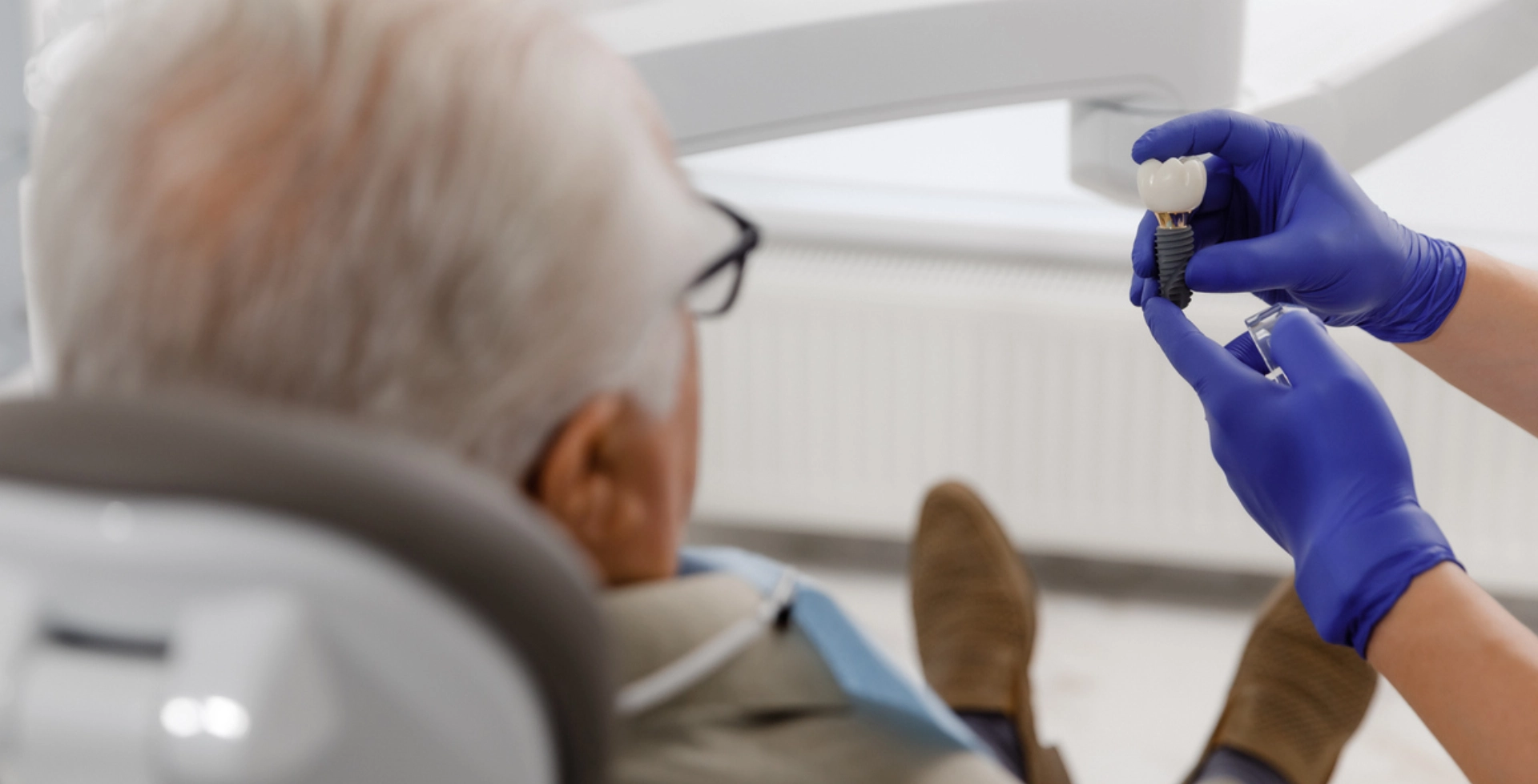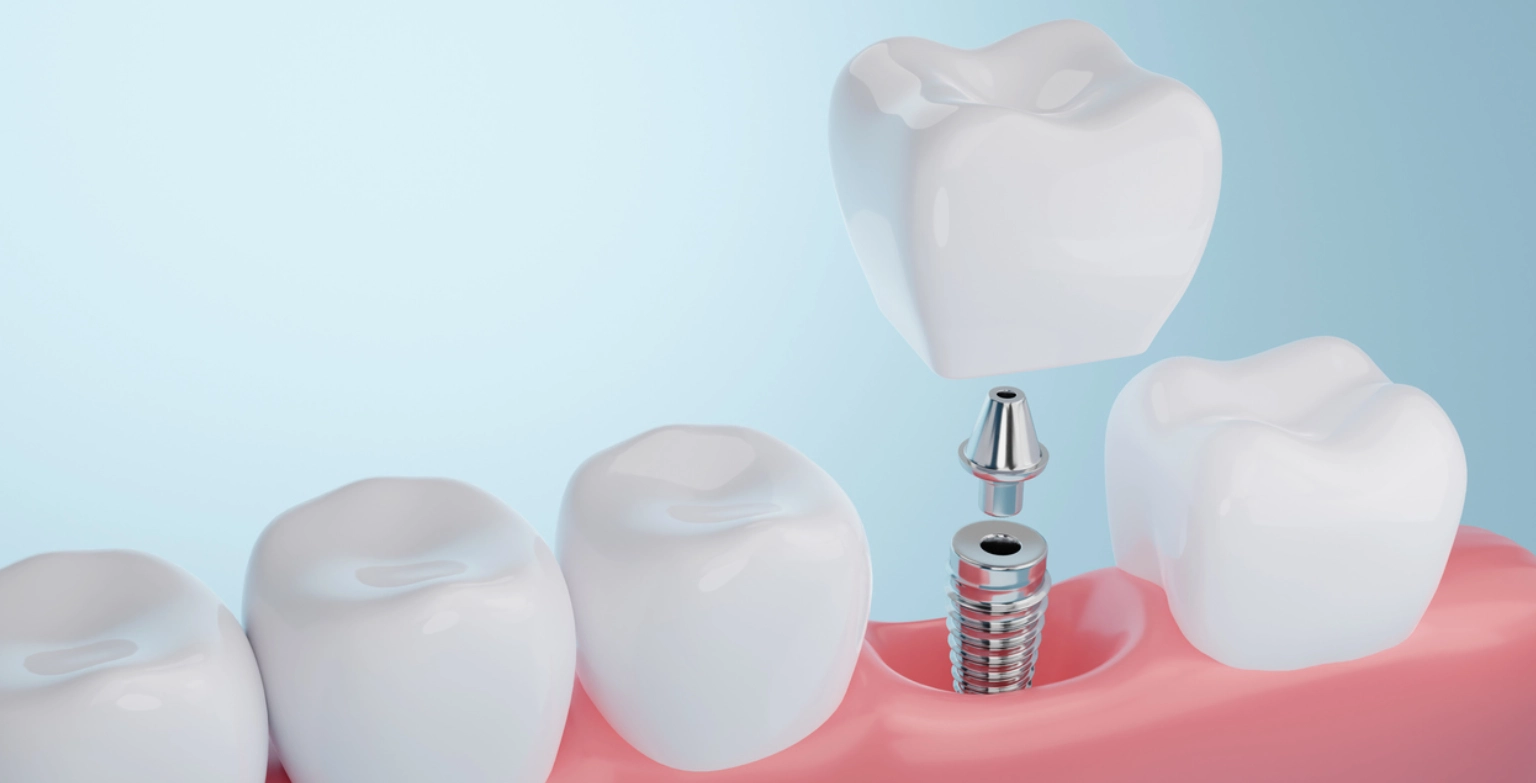Why No Dairy After Tooth Extraction? | Dietary Do’s and Don’ts
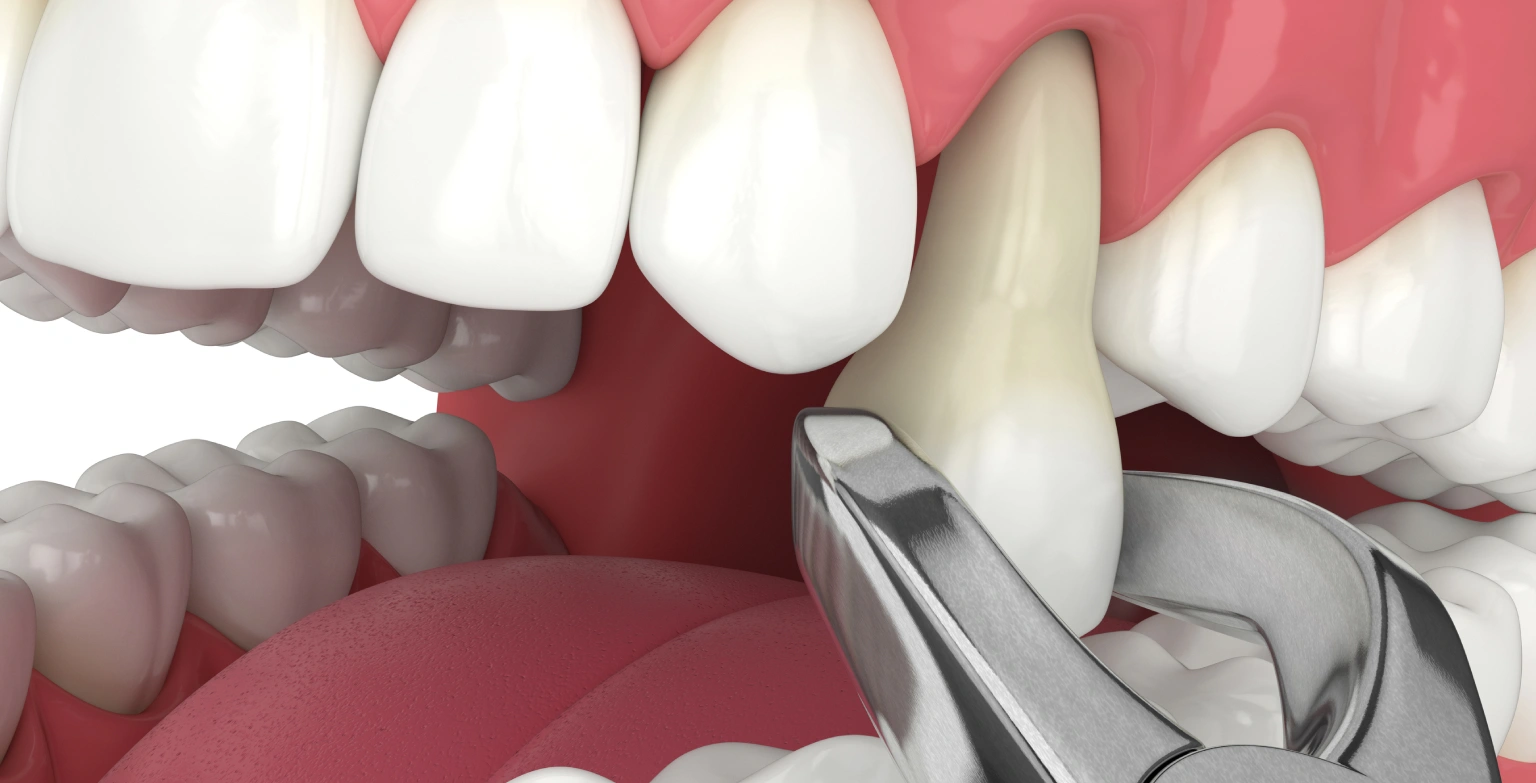
Have you ever found yourself in the dental chair, thinking of your dentist’s firm advice: “Why no dairy after tooth extraction?” It’s because, despite being tasty, dairy can disturb your mouth’s natural healing process. It provides a cozy spot for bacteria, possibly causing infections and slowing down your recovery.
Those creamy treats might also get in the way of a crucial blood clot that shields your healing gums. Messing with this clot could lead to problems like the dreaded “dry socket.” So, saying no to dairy isn’t just advice; it’s a wise choice to ensure your recovery goes smoothly without any complications.
Connection Between Dairy Products and Tooth Extraction
Dairy is a valuable source of essential nutrients like calcium and vitamin D that our teeth love. But the dentist advises “no dairy” after tooth extraction as these dairy delights can be a bit acidic and might mess with the whole blood clot formation, causing a delay in the healing process. So, to keep things smooth and speedy, it’s best to stick to your dentist’s “no dairy” recommendation post-tooth extraction.
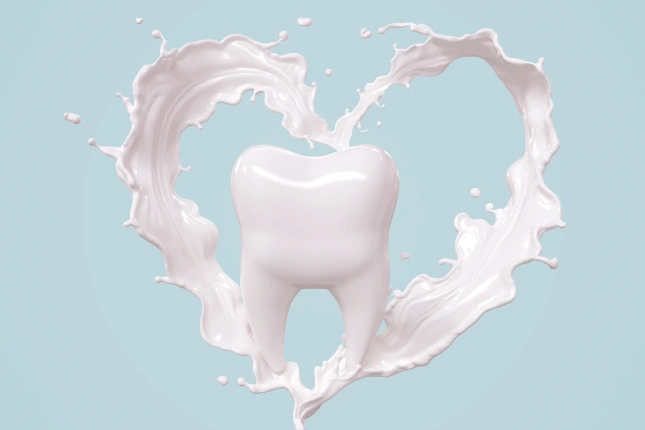
What are the common dietary recommendations after extraction?
After tooth extraction, prioritizing soft and easily manageable foods is key for a smooth healing journey. Consider the following options:
Soft Foods: Mashed potatoes, cooked vegetables, smoothies, pureed soups, and well-cooked pasta offer essential nutrients without causing discomfort to the healing site.
Protein-Rich Options: Opt for soft protein sources like scrambled eggs, soft-cooked chicken or fish, tofu, and cooked legumes (beans, lentils) to support tissue repair without overtaxing your jaw.
Cold Foods and Beverages: Consume fruit-based sorbets and smoothies made with soft fruits or vegetables to alleviate swelling and provide a refreshing sensation.
Vitamin C-Rich Choices: Eat non-acidic fruits like strawberries, melons, kiwis, and mangoes, contributing to the healing process.
Hydrating Foods: Include hydrating options such as cucumbers, watermelon, applesauce, and fruit purees that offer moisture without demanding extensive chewing.
Meal Replacement Shakes: If chewing is a challenge, explore meal replacement shakes or nutritional drinks for a balanced nutrient intake during recovery.
Remember, this dietary adjustment is a temporary measure, and soon, you’ll resume your regular eating habits post-tooth extraction recovery.
Potential issues with consuming dairy after tooth extraction
Thinking of consuming dairy right after a tooth extraction? Hold on, as it could bring challenges during the healing process. Let’s explore the potential concerns:
Blood Clotting Disruption: Dairy, especially acidic in nature, might cause a delay in the formation of vital blood clots at the extraction site. These clots are essential for proper healing and keeping issues like dry sockets at bay.
Increased Sensitivity: Enjoying cold dairy treats post-extraction might add to discomfort and sensitivity, potentially putting the brakes on the healing journey.
Risk of Infection: Dairy products introduce bacteria at the extraction site, causing an increase in the risk of infection. Maintaining oral hygiene and avoiding foods that harbor bacteria in your diet is necessary for a quick recovery.
Delayed Healing: Consuming dairy can put unwanted pressure on the surgical site, causing irritation and potentially delaying the overall healing process. On the other hand, eating soft, non-irritating foods can ensure a quick recovery.
Also, follow your dentist’s post-tooth extraction dietary guidelines, underlining the crucial “why no dairy after tooth extraction” advice.
Why No Dairy After Tooth Extraction?
Ever pondered why dairy gets the red card after tooth extraction? Here’s the scoop on why skipping dairy products during your recovery makes sense:
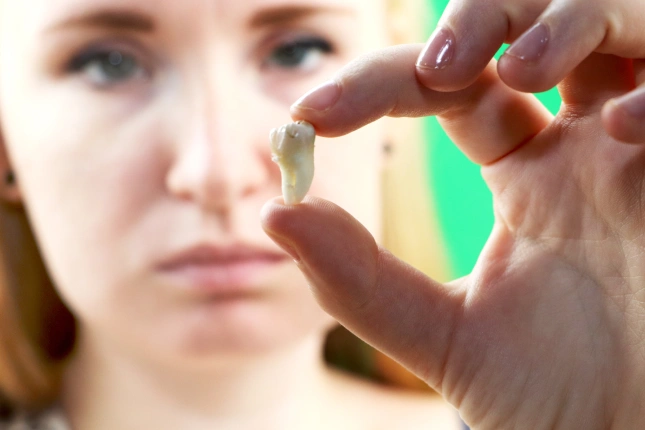
Slow Healing: Dairy slows down the healing process, making it longer for your mouth’s full recovery.
Increase in Swelling: Consuming dairy might cause swelling around the extraction site, adding extra discomfort and extending the recovery period.
Chances of Infection: Dairy products introduce bacteria to the healing zone and increase the risk of infection. Maintaining top-notch oral hygiene becomes necessary for a smooth recovery.
Formation of Dry Socket: Overconsumption of dairy may lead to a dry socket, where the blood clot doesn’t form or moves too soon, exposing the bone and nerves.
Interfere with Taste Bud: Dairy might affect your taste buds or temporarily change your taste. It is a minor issue, but it’s worth considering for overall comfort during the recovery.
Foods to Avoid After Tooth Extraction
Post-tooth extraction, your diet is key to ensuring a seamless recovery. Let’s explore the must-avoid foods:
Hard and Crunchy Food: Say no to nuts, chips, pretzels, popcorn, and hard candies. These can stir up trouble at the extraction site, disrupting the healing clot.
Spicy and Acidic Foods: Keep away from hot sauces, citrus fruits, tomatoes, vinegar, and pickled foods to prevent irritation and ensure a prompt healing process.
Hot Foods and Beverages Caution: Say “no” to piping hot soups, tea, coffee, and other heated drinks to keep the clot intact and healing on track.
Carbonated and Alcoholic Beverages: Ditch sodas and alcohol; carbonation can disturb the clot, and alcohol might slow down the healing process.
Sticky and Chewy Foods: Avoid chewing gum, caramels, taffy, and sticky candies to avoid unnecessary pressure on the extraction site.
Seeds and Small Food Particles: Skip tiny seeds like sesame or poppy seeds and foods with small seeds like strawberries, as they may cause irritation and pose a risk of infection.
By excluding these foods, coupled with dairy, you create conditions for a smoother recovery, minimizing the risk of complications.
What to Eat After Tooth Extraction?
Curious about what to eat after tooth extraction? Opt for soft and easy-to-nibble foods that support the healing process:
Soft Fruits: Eat bananas, mangoes, and peaches packed with essential vitamins that don’t cause any irritation.
Cooked Vegetables: Opt for steamed or boiled choices like carrots, potatoes, and broccoli, delivering nutrients without taxing your healing teeth and gums.
Eggs and Tofu: Include eggs and tofu, low in fat and rich in protein, for healing support and essential nutrients like vitamin A, iron, B vitamins, magnesium, and zinc.
Soups and Broths: Sip on chicken or beef broth and miso soup, providing easy-to-absorb nutrients to aid the healing process.
Rice and Pasta: Choose easily digestible rice and pasta for an energy boost without discomfort.
Dairy-Free Smoothies: Enjoy plant-based milk like almond, oat, or coconut for a soothing and healing beverage.
Ice Cream or Sorbet: Ease discomfort with ice cream or sorbet, avoiding nuts for a pain-free experience.
Conclusion
Curious about the “Why No Dairy After Tooth Extraction” secret? Let our team at Gary Login DMD in Brookline, MA, guide you through a smoother recovery. Contact us online or reach us at (617) 277-0807. Personalized dental care is just a call away!

If you are looking for a dentist in Brookline, MA, schedule your consultation with the team at Brookline Smile Artists. We offer Cosmetic and Restorative Dentistry. We are located at 209 Harvard Street, Suite 402 in Brookline. Our office hours are Monday through Thursday from 7:30 AM to 5:30 PM and Friday from 8:00 AM to 2:00 PM.

One of the top rated dentists in Brookline, MA



